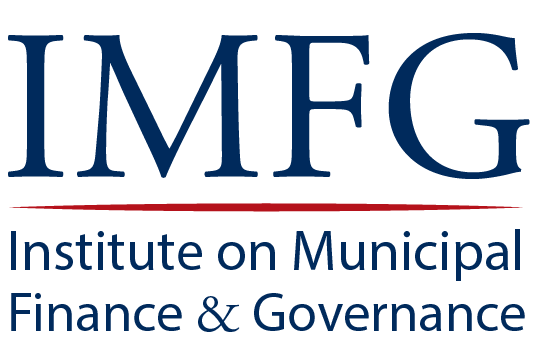New paper from the Institute on Municipal Finance and Governance makes recommendations for improving the quality of good governance in Canadian municipalities.
Toronto, June 16, 2016 – In the face of declining public trust in governments at all levels, the quality of our governance systems is a matter of great interest to Canadians. Yet little has been written about what good governance looks like at the local level. In the paper, Good Governance at the Local Level: Meaning and Measurement (No. 26), released today by the Institute on Municipal Finance and Governance, Zack Taylor explores the meaning of good governance for Canadian cities.
“Municipalities touch our lives in countless ways, but we actually know little about how well they do their jobs,” says Taylor. “If we want to improve the quality of local governance, we need to know what good governance is.”
Taylor finds that the typical approach of tying efficiency of service delivery to good governance is a limited one. “While cost-per-unit may be a valid indicator of administrative efficiency, it tells us little about the quality of civic engagement or whether government has had a positive impact on society, the economy, or the natural environment.”
International experience shows that there are many other important factors to consider, such as the quality of decision-making and accountability processes. But since these elements are harder to quantify, the challenge is to find ways to measure and compare them across jurisdictions.
ABOUT THE AUTHOR
Zack Taylor is Assistant Professor in the Department of Political Science and Local Government Program at Western University and a non-practicing Registered Professional Planner in the Province of Ontario. His research interests include local and metropolitan governance and planning, local public finance, and intergovernmental relations.
